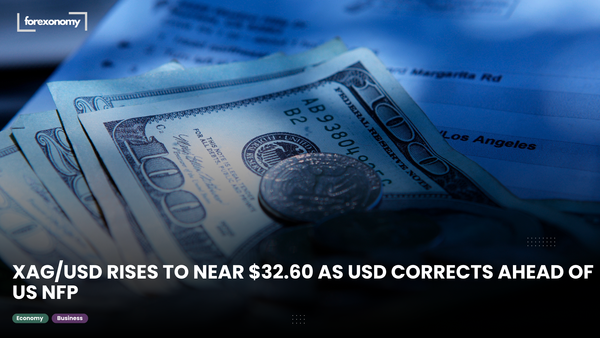AUD/USD Analysis: Vulnerability Below 0.6650 Amid China Economic Concerns

Technical Overview of AUD/USD
AUD/USD remains below 0.6650, pressured by worries over China’s economic slowdown. The pair finds initial support at the July low of 0.6631, ahead of the 100-day SMA at 0.6605. A break below this level could see the pair targeting the June low of 0.6574, supported by the 200-day SMA at 0.6581, followed by the May low of 0.6465 and the 2024 bottom of 0.6362.
On the upside, if buyers regain momentum, the immediate target is the July high of 0.6798, followed by the December 2023 top of 0.6871, the July 2023 peak of 0.6894, and the 0.7000 yardstick. The 4-hour chart indicates a sharp acceleration of the downward bias, with immediate support at 0.6631 and 0.6619. Resistance is seen at the 200-SMA of 0.6679, 0.6754, and 0.6798. The RSI has fallen to around 22, indicating oversold conditions.
Fundamental Factors Affecting AUD/USD
China's economic concerns, combined with recent rate cuts by the People's Bank of China (PBoC), have significantly impacted AUD/USD. The Aussie dollar, closely tied to the Chinese market, faces additional pressure due to weaker commodity prices, particularly copper and iron, which are crucial exports for Australia. The PBoC's unexpected rate cuts have also pushed the Chinese yuan lower, further impacting the Australian dollar as a liquid proxy for the yuan.
The decline in AUD/USD has been pronounced, with the pair retreating for six consecutive sessions and breaking below the 0.6700 support level. The lack of positive news from China, combined with weak commodities, suggests a potential for a deeper pullback in the short term.
Monetary Policy and Market Sentiment
The Reserve Bank of Australia (RBA) maintains a hawkish stance, keeping the official cash rate at 4.35% and signaling flexibility for future decisions. Despite considering another rate hike to curb inflation, concerns about a potential sharp slowdown in the labor market influenced the decision to hold rates steady. The RBA is not in a rush to ease policy, expecting inflation to take time to consistently fall within the 2-3% target range.
In contrast, potential easing by the Federal Reserve in the medium term could support AUD/USD. However, the weak momentum in the Chinese economy may hinder a sustained recovery of the Australian currency, as China continues to face post-pandemic challenges. Key data releases this week include flash Manufacturing and Services PMIs from Australia, which could provide further direction for the AUD/USD pair.





